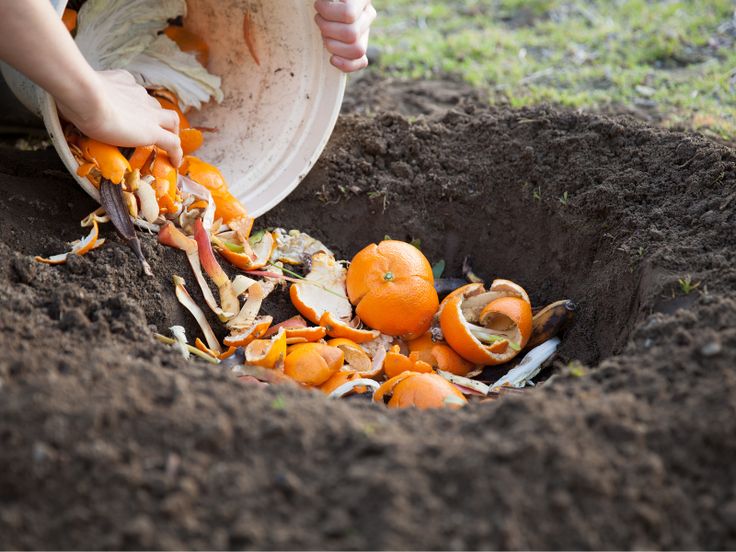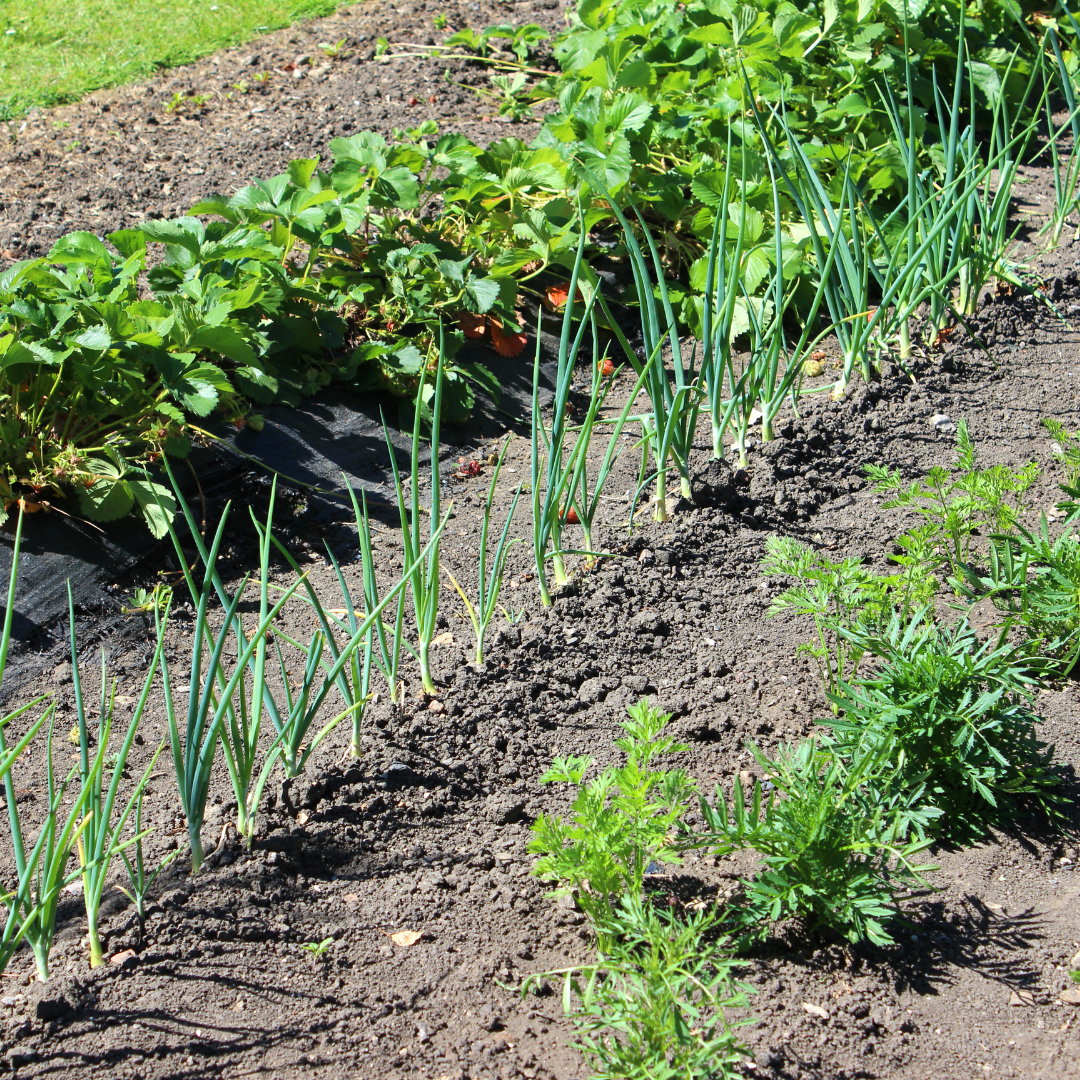Table of Contents
ToggleThe Art and Science of Composting: A Complete Guide
Composting is a simple, yet powerful process that turns organic waste into nutrient-rich soil. This natural recycling method benefits the environment and improves soil health, making it a vital practice for gardeners, farmers, and anyone interested in sustainable living.
In this article, we’ll explore what composting is, how it works, its benefits, and how you can start composting at home.
Whether you’re a beginner or an experienced gardener, this guide will provide you with all the information you need to become a successful composter.
What is Composting?
Composting is the process of breaking down organic materials like kitchen scraps, yard waste, and paper products into a rich, dark substance known as compost.
This material is full of nutrients and beneficial microorganisms, making it a valuable addition to any garden. Composting mimics the natural decomposition process that occurs in forests and other ecosystems, but it happens faster because the conditions are optimized.

In a compost pile, microorganisms such as bacteria and fungi, along with insects and worms, work together to break down the organic matter.
Over time, these materials decompose, and what’s left is a dark, crumbly substance that smells earthy and fresh. This compost can be used to improve soil structure, provide nutrients to plants, and enhance water retention.
The Benefits of Composting
Composting offers numerous benefits, both for the environment and for your garden. Here are some of the key advantages:

- Reduces Waste: Composting helps reduce the amount of organic waste that ends up in landfills. Instead of contributing to methane emissions—a potent greenhouse gas—organic waste can be recycled into compost.
- Enriches Soil: Adding compost to your garden soil improves its structure, fertility, and ability to retain moisture. It also encourages the growth of beneficial bacteria and fungi, which are essential for healthy plant growth.
- Saves Money: By composting at home, you can reduce the need to buy commercial fertilizers, soil conditioners, and mulch. Compost provides all the nutrients your plants need, naturally and for free.
- Supports Sustainable Gardening: Composting is an essential part of organic gardening. It allows you to recycle waste and nourish your plants without relying on chemical fertilizers, which can harm the environment.
- Promotes Biodiversity: A well-maintained compost pile attracts a variety of beneficial organisms, such as earthworms, insects, and microorganisms. These creatures play a vital role in breaking down organic matter and improving soil health.
How Does Composting Work?
Composting is a natural process, but it requires a balance of materials and conditions to work effectively. The key components of composting include:
- Carbon and Nitrogen: These are the two main elements needed for composting. Carbon-rich materials, often referred to as “browns,” include things like dried leaves, straw, and cardboard. Nitrogen-rich materials, known as “greens,” include kitchen scraps, fresh grass clippings, and manure. A good compost pile has a balance of browns and greens, typically in a ratio of 3:1.
- Oxygen: Composting is an aerobic process, meaning it requires oxygen. Turning the compost pile regularly helps introduce air, which speeds up the decomposition process and prevents odors.
- Moisture: A compost pile should be as moist as a wrung-out sponge. Too much moisture can create an anaerobic environment (without oxygen), leading to unpleasant smells. Too little moisture slows down the decomposition process.
- Temperature: As microorganisms break down the organic matter, they generate heat. A well-maintained compost pile can reach temperatures of 140°F (60°C) or higher. These high temperatures are necessary to kill weed seeds and pathogens.
Types of Composting
There are several different methods of composting, each suited to different situations and needs. Here are some of the most common types:
- Cold Composting: This is the simplest method and involves piling up organic materials and letting them decompose over time. Cold composting requires minimal effort, but it can take a year or more for the compost to be ready.
- Hot Composting: Hot composting is a faster method that requires managing the balance of materials, moisture, and air to maintain high temperatures. With proper care, hot compost can be ready in as little as 2-3 months.
- Vermicomposting: Vermicomposting uses worms, usually red wigglers, to break down organic waste. This method is ideal for small spaces or indoor composting. The worms produce a nutrient-rich compost known as worm castings, which is excellent for plants.
What Can You Compost?
Not everything can be composted, so it’s important to know what to include in your compost pile. Here’s a list of what you can and can’t compost:

Compostable Materials:
- Fruit and vegetable scraps
- Coffee grounds and filters
- Tea bags (make sure they are plastic-free)
- Grass clippings
- Leaves
- Small branches
- Straw and hay
- Newspaper and cardboard (shredded)
- Paper towels and napkins (unbleached)
- Manure from herbivores (cows, horses, rabbits)
Materials to Avoid:
- Meat, fish, and dairy products
- Fats, oils, and grease
- Pet waste (from carnivores)
- Diseased plants
- Weeds that have gone to seed
- Chemically treated wood
- Plastics, metals, and glass
- Coal or charcoal ash
How to Start Composting at Home
Starting a compost pile at home is easy and can be done in a variety of ways, depending on your space and resources. Here’s a step-by-step guide to get you started:

- Choose a Location: Select a spot in your garden or yard that is convenient and has good drainage. The compost pile should be placed in a partly shaded area to maintain moisture levels.
- Set Up a Compost Bin: While you can compost directly on the ground, a compost bin helps contain the materials and keeps pests away. You can buy a compost bin or build one yourself using wood pallets or wire mesh.
- Start with a Base Layer: Begin your compost pile with a layer of coarse materials like twigs or straw. This helps with aeration and drainage.
- Add Layers: Alternate between layers of browns (carbon-rich materials) and greens (nitrogen-rich materials). Chop or shred larger items to speed up decomposition.
- Maintain Your Compost: Turn the pile every few weeks to introduce oxygen and mix the materials. Check the moisture level and add water if the pile is too dry, or add more browns if it’s too wet.
- Harvest Your Compost: After a few months, your compost should be dark, crumbly, and smell earthy. This means it’s ready to use in your garden. If you’re using a bin, harvest the compost from the bottom, where the oldest material is.
Common Composting Problems and Solutions
Even with the best intentions, composting can sometimes go wrong. Here are some common issues and how to fix them:

- Bad Odors: If your compost pile smells bad, it’s likely too wet or lacks oxygen. Turn the pile to aerate it and add more browns to absorb excess moisture.
- Pile Not Heating Up: If your compost pile isn’t getting hot, it might not have enough nitrogen. Add more green materials, like fresh grass clippings or kitchen scraps, and turn the pile to introduce air.
- Compost is Attracting Pests: If your compost is attracting pests like rodents or flies, avoid adding meat, dairy, and oily foods. Use a compost bin with a lid to keep pests out, and make sure to bury kitchen scraps under a layer of brown.
- Compost is Too Dry: If your compost is dry and not breaking down, add water and more green materials to increase moisture. You can also cover the pile with a tarp to retain moisture.
Using Compost in Your Farm
Once your compost is ready, it’s time to put it to good use on your farm. Here’s how to make the most of your homemade compost:

- Soil Amendment: Mix compost into your garden soil to improve its structure, fertility, and water retention. This is especially beneficial for heavy clay or sandy soils.
- Mulch: Spread a layer of compost around plants as mulch. This helps retain moisture, suppress weeds, and gradually releases nutrients into the soil.
- Compost Tea: Make compost tea by steeping a bag of compost in water for a few days. Use the liquid to water your plants, giving them a nutrient boost.
- Top Dressing: Sprinkle compost on top of your lawn or garden beds to provide a slow-release source of nutrients.
Conclusion
Composting is a rewarding and environmentally friendly way to recycle organic waste and enhance your garden.
With just a little effort, you can create nutrient-rich compost that will benefit your plants, reduce waste, and support sustainable gardening practices. Whether you’re composting in a small urban space or a large rural area.

Pingback: Tips for Maintaining Soil Fertility!
Pingback: How to Improve Soil Structure with Organic Amendments
Pingback: Top 3 Organic Fertilizers for Better Plant Growth -
Pingback: Simple Ways to Use Farm Waste for Compost and Fertilizer
Pingback: Top 8 Cost-Effective Methods to Improve Soil Health
Pingback: Low-Cost Techniques for Improving Crop Quality
Pingback: How to Use Compost to Boost Crop Production on a Budget
Pingback: How to Reduce Farm Waste: A Practical Guide
Pingback: Sustainable Agriculture: Key Principles and Practices